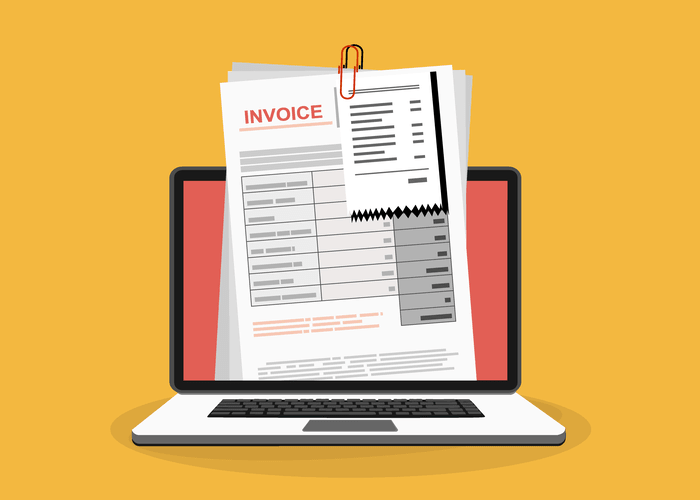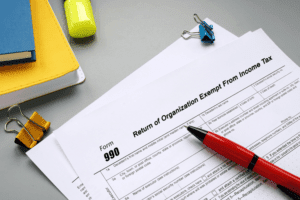
Determine the new total cost after increasing production by one unit, including any additional expenses such as higher utility bills or extra labor. This demand results in overall production costs of $7.5 million to produce 15,000 units in that year. As a financial analyst, you determine that the marginal cost for each additional unit produced is $500 ($2,500,000 / 5,000).
How to use marginal costs in your business

But other variable costs, such as labor, may go up as production increases. Variable costs include labor, raw materials, equipment repairs, and commissions. The Average Total Cost (ATC) is the total cost per unit of output, inclusive of both fixed costs and variable costs. Therefore, the average total cost, Bookkeeping for Etsy Sellers often abbreviated as “average cost” for short, is the per-unit cost of producing a product.
- It’s inevitable that the volume of output will increase or decrease with varying levels of production.
- Variable costs are a direct input in the calculation of contribution margin, the amount of proceeds a company collects after using sale proceeds to cover variable costs.
- For example, utility costs may rise with increased production, impacting marginal cost.
- This simple yet effective calculation helps businesses make informed decisions about scaling production.
- Next, find the difference between the original total cost and the new total cost to calculate the additional expense incurred.
- Initially, you’re making 100 bracelets a day, and your total cost (materials, labor, etc.) is $500.
Impact of marginal cost on pricing competitive products or services

At the end of the day, if the marginal revenue is greater than the marginal cost, the business can increase its profits by selling more units. For instance, say the total cost of producing 100 units of a good is $200. However, the marginal cost for producing unit 101 is $4, or ($204 – $200) ÷ ( ). In general, companies with a high proportion of variable costs relative to fixed costs are considered to how to calculate marginal cost per unit be less volatile, as their profits are more dependent on the success of their sales.

How to Calculate Variable Costs
- This is where the cost to produce an additional good, is exactly equal to what the company earns from selling it.
- Our Business Skills Blogs cover a range of topics related to Marginal Cost, offering valuable resources, best practices, and industry insights.
- The process of determining a company’s average cost is as follows.
- For instance, if a factory produces 100 widgets at a total cost of $1,000—and producing 101 widgets costs $1,009 in total—the marginal cost of that one extra widget is $9.
The following Marginal Cost examples showcase how changes in production levels impact costs, helping businesses optimise pricing and output strategies. What if the secret to smarter pricing and better profits came down to just one more unit? After all, in the unpredictable world of business, every extra unit produced can tip the scales between profit and loss.

Every year, this level of production costs them $250,000—these are their production costs. A manufacturing company has a current cost of production of 1000 pens at $1,00,000, and its future output expectation is 2000 pens with a future cost of production of $1,25,000. Marginal cost is a very important consideration for any business because it determines the most cost-efficient production level, as well as unit pricing. The total cost of production can be segmented into two distinct types of costs, which are differentiated by their relationship (or lack thereof) with the volume of output. The average cost represents the standard cost incurred per unit of production.

Summer Mattress typically manufactures 12,000 units per year with a cost of £4 million. Rising market demand necessitates additional units, leading to increased recruitment and procurement of materials. This increases the production expenses to £8 million for a quantity of 20,000 units. It helps businesses decide how CARES Act much to produce and what price to set for increased profitability. If the Marginal Cost of producing one more item is less than the revenue generated from selling it, then producing that item would be highly profitable.
Leave a Reply